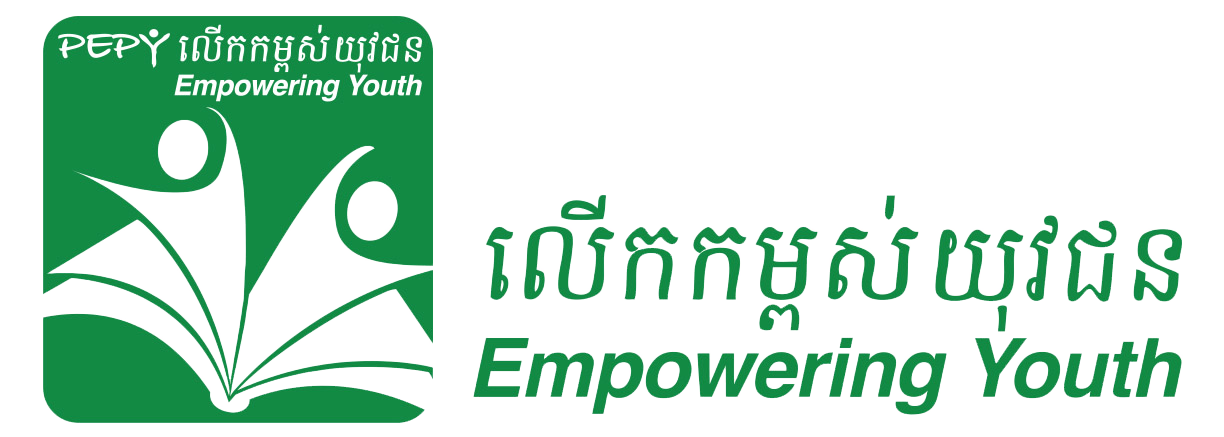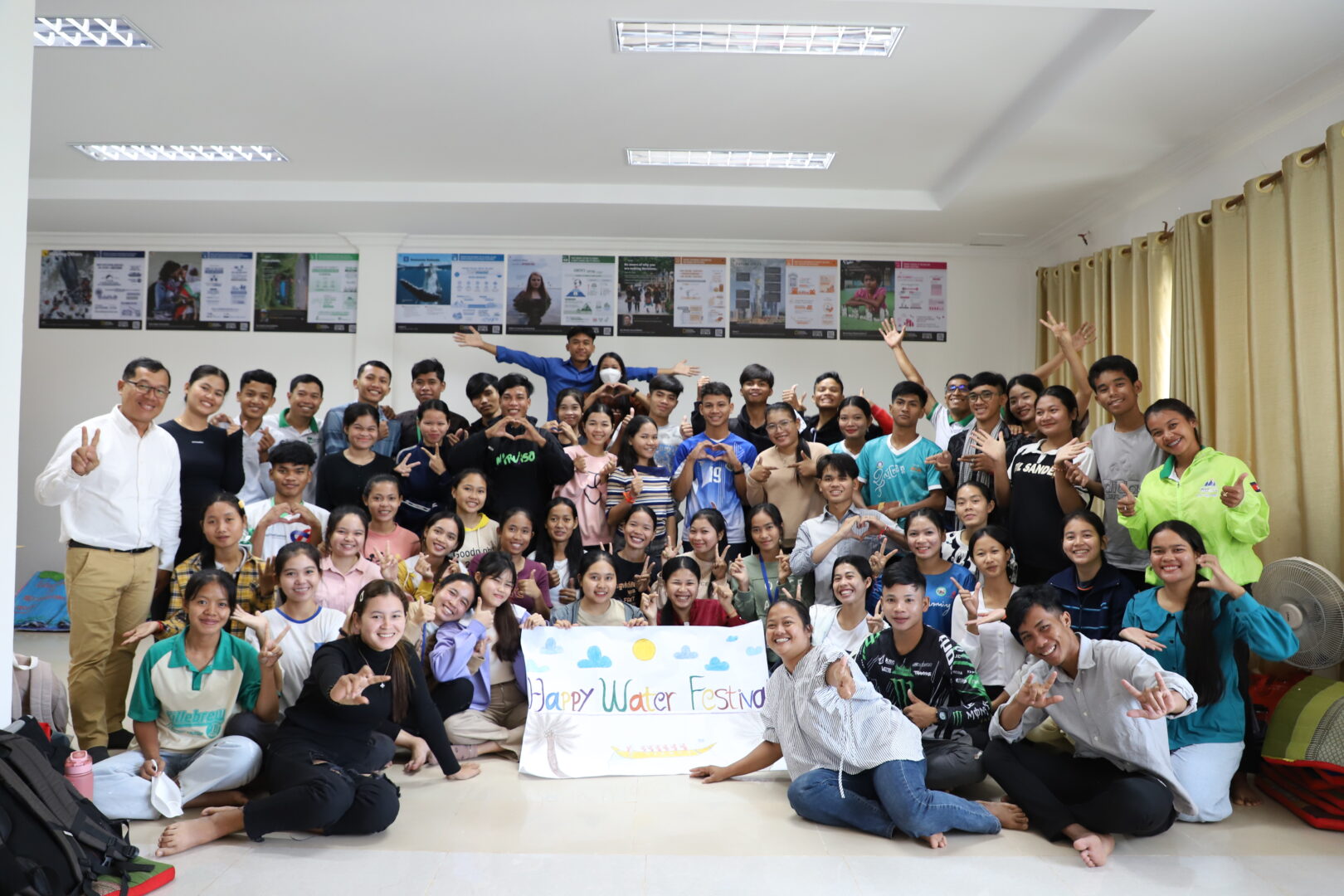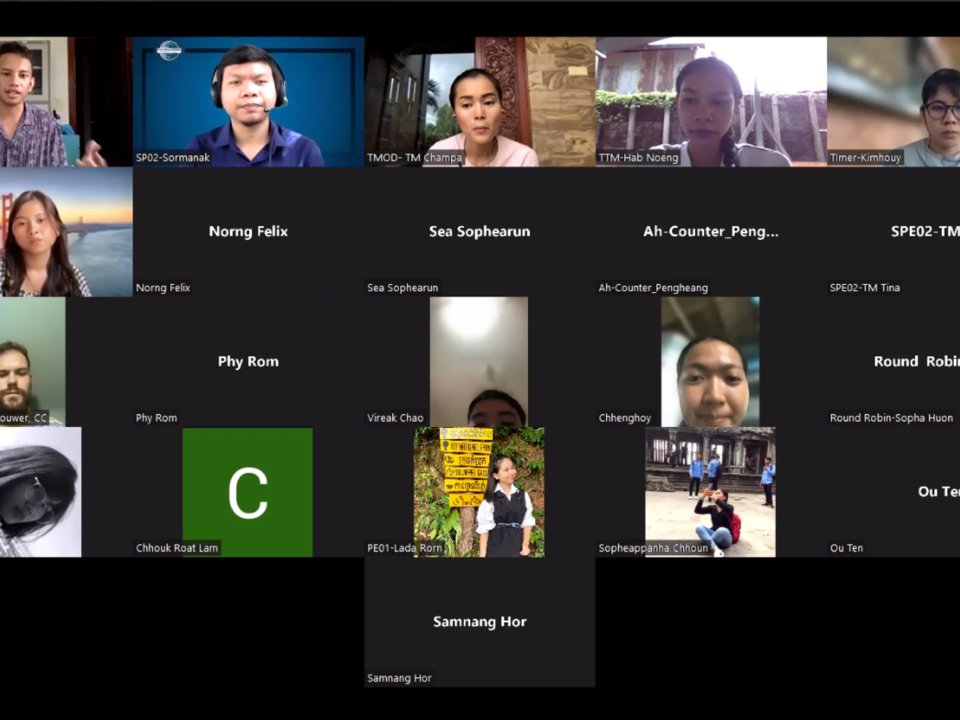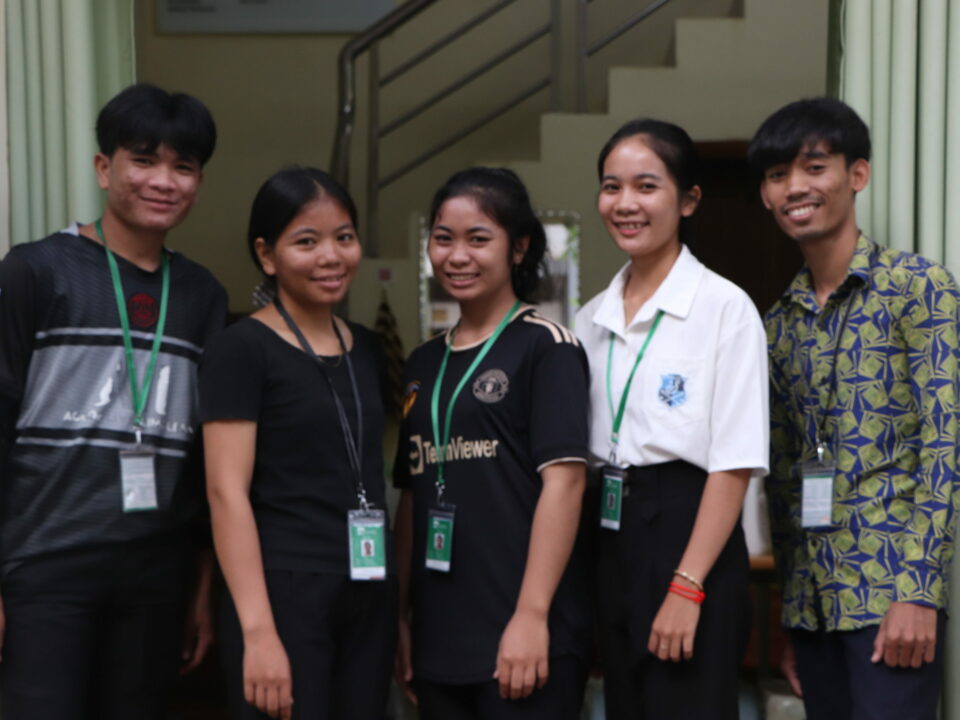Improving the English Classroom
June 30, 2009PEPY is featured in Emirates newspaper
July 2, 2009Lesson Learned: If the donors are driving (especially if they are blind!), you are bound to crash!
The ideas we are sharing with our “Lessons Learned” section are not new, there are whole books written on these topics, but they are new lessons for us, lessons we have learned first-hand over PEPY’s initial four years in Cambodia. We wanted to write a few of these lessons down so that we can share some of our insights and hopefully highlight some of the hows and whys behind the decisions we make.
In our last “Lessons Learned” article, we discussed how NGOs are commonly rated, some of the flaws we see in those systems, and ways in which we can vote more efficiently with our donor dollars. We also talked briefly about asking more of the NGOs we work with in terms of information and transparency. This leads into some grey areas: what is the line between a donor asking more of their NGO partners and a donor “driving the bus”? When donors are driving, especially ones who are not on the ground to experience the impact of their decisions, are projects more likely to crash and fail? In what we have seen in our time in Cambodia, we believe yes.
As mentioned in the previous post, if a granting body puts strict restrictions on how the project is done or sets their own metrics for success without input from those on the ground, it might end up demanding a process that is less efficient than it could be or results that are impossible to achieve. In other words, by their own actions the granting agents are often limiting the impact of the dollars they donate.
Some Examples:
Donor-driven numbers
Often what we have seen on the ground in Cambodia are groups that are focused on “numbers” or “outputs”. They are holding the NGOs to metrics relating more to quantity rather than quality by their donors and/or boards. These groups are often pushed to move too fast or too far to have the ability and time to improve their model. We have worked with several NGOs who have funding to create X amount of wells or libraries in a set period of time but are tied to a restrictive and inflexible timeline. By the admission of their own locally based staff, they are not able to focus on quality and follow-up as their head offices/donors/boards want pictures sent to the donor within a set amount of time. Many of the directors and employees of these groups have told us that they want to slow down and focus on getting a quality product/training/idea out into the world, but that the way their organization is funded will not allow it.
So why don’t they just tell the donors, you ask?
Donor-driven model
Sometimes outside donors, head offices, and boards of directors that are not on the ground for a project dictate the exact details of how a project should be enacted in a new area. Maybe they tried the model in Guatemala, they “know it works”, and they want to repeat the exact process in Cambodia hoping to achieve the same success. Bringing the model is great, learning from past projects is necessary, and sharing ideas globally are all areas where we can and should do more. But trying to replicate a model exactly sometimes ignores crucial differences in context by disregarding, for example, how a model might need to be different in Phnom Penh versus rural Siem Reap Province, let alone a whole new culture and country. By allowing open dialogue and local buy-in for project design, adjustments required to meet situational and regional needs are more likely to be found.
Donor blinders
Sometimes donors don’t want to hear about failures or lessons learned, as that would mean reworking their plan, deviating from the set path, or extending their deadlines. These things can seem like a waste of time, or like those on the ground are “stalling”. In reality, doing a project well might take twice as long in Cambodia compared with elsewhere, and even our best-laid plans are bound to encounter roadblocks, which require reevaluation, changes in our plans, and often delays. Sometimes donors are blind to these issues and continue to push projects that ultimately are less effective than they could be. When quality issues are brought to light that would delay progress and are therefore ignored, we can, unfortunately, assume the donor is indeed more interested in quantity than quality.
Fear of Donors
Making the necessary changes might also mean admitting mistakes, which many are hesitant to do, perhaps fearing that future funders will discredit them for any mistakes made in the past. Personally, if an NGO cannot list any mistakes for me they have made in the past as well as lessons learned and ways their current operations have been improved upon on the basis of that new knowledge, I would be skeptical of their impact.
Imagine you are a lower-level field agent for an NGO. Your job is to go check on 20 of the health centers your organization has funded in Cambodia. You are supposed to make sure things are running smoothly. In the course of your work, though you only get to visit every few months, you get the impression that the project is aiding corruption. For example, the supplies purchased by your project are not being kept in the hospital but are instead being taken by doctors to use in their private practices, or the clinic staff are absent, or the sick are made to pay for officially free treatment, or worse — all of the above! Perhaps you report this and share your ideas on possible solutions, but maybe someone on the team is afraid to show the donors that the project is “failing” for the fear of future funding cuts. Or perhaps some of the results are shown, but a complete restructuring of the system is not presented because the local team is fearful of straying too far from their initially stated plan due to concerns that the donor will be making future funding decisions based on their ability to enact the plan as originally laid out.
This is the reality in many Cambodian clinics as well as other projects we work with, from groups building libraries to ones building schools. We have seen this all too often in cases where the donor would likely understand the need for change had it been explained to them properly but no one took on such challenge. If we know this fear exists, as donors, board members, and NGO management we need to provide a space for constructive and honest feedback with direct lines to those who have the power to change the system. If those who suggest such changes, based on a desire to improve the impact of the group, are rewarded or praised for their honesty, it will help create an atmosphere in which people feel comfortable voicing their concerns.
This in particular has been, and in some ways still is, a concern for us at PEPY. Often local staff, beneficiaries in the communities, and teachers at the schools where we work are hesitant to give us honest and comprehensive feedback by demonstrating the areas where our programs need improvement. Instead of letting us know, for example, that our X, Y, or Z program needs changing, they fear that we will stop investing entirely if they raise concerns. Unfortunately, those who are the beneficiaries of the programs (the “clients” of the NGOs) intended to serve their interests are those least likely to give feedback on the system. There is light at the end of this tunnel, however, and now that we have been working with many of the same communities for nearly four years, we are starting to get to the point where local authorities are less fearful that we, and our money, are going to leave if challenged, and the answers and opinions we get seem to be more honest and direct, which is fabulous! But it didn’t happen overnight, it took a lot of time, relationship building and trust so fragile it still requires constant work and reinforcement.
We still have a long way to go. As we learn our lessons firsthand, we take note of them, reevaluate and hope to become better, both as donors who need to allow space for feedback and release the reigns on the “hows”, and also as recipients of funding who need to make sure we are not accepting resources at expense of our freedom and flexibility to do our work well.
Perhaps you disagree with these ideas or have more to add… either way, we’d love to hear from you!



